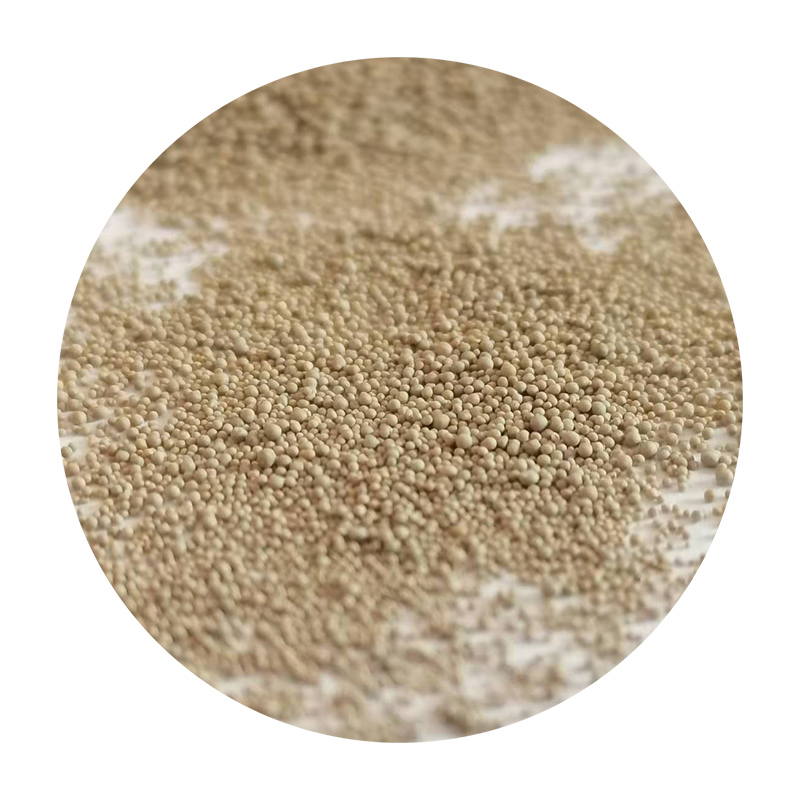Sand Casting Metal Process An Overview
Sand casting is one of the oldest and most versatile metal casting processes that has been utilized for thousands of years. Its simplicity and cost-effectiveness make it a popular choice in the manufacturing industry for producing metal components. This article provides an overview of the sand casting process, its advantages, and its applications.
The sand casting process begins with the creation of a mold, which is typically formed using a mixture of fine sand and a binding agent. The primary material used is silica sand, which is known for its excellent heat resistance and ability to preserve the shape of the mold. The process usually involves the following steps
1. Pattern Making A pattern, which is a replica of the final product, is created from materials such as metal, wood, or plastic. The pattern is designed slightly larger than the desired final dimensions to accommodate the shrinkage that occurs during cooling.
2. Mold Creation The pattern is placed in a flask, which is a container used for holding the sand mixture. Sand is then packed around the pattern to create a mold. Once packed, the mold halves are separated, and the pattern is removed, leaving a cavity in the shape of the part to be cast.
3. Pouring the Metal Molten metal is poured into the created mold cavity. Depending on the metal used, this can involve various processes to ensure the metal reaches the correct temperature and consistency.
4. Cooling and Solidification After pouring, the metal cools and solidifies within the mold. The time required for cooling depends on the size and thickness of the casting.
sand casting metal process

5. Mold Removal Once the metal has cooled and solidified, the sand mold is broken away to reveal the cast part. The sand can often be reused for future castings.
6. Finishing After demolding, the casting may require additional finishing processes, such as grinding, machining, or polishing, to achieve the desired surface quality and dimensions.
Advantages of Sand Casting
The sand casting process offers several advantages. It is highly adaptable, allowing for the production of complex shapes and sizes. Additionally, it is cost-effective for both large and small production runs. The use of sand as a mold material is widely accessible and environmentally friendly, as it can be recycled multiple times. Furthermore, sand casting can accommodate a wide range of metals, including aluminum, brass, iron, and steel.
Applications
Sand casting is widely used in various industries, including automotive, aerospace, construction, and art. Components such as engine blocks, pipe fittings, and large intricate sculptures are often produced using this method, demonstrating its versatility and effectiveness.
In conclusion, sand casting is a fundamental metal casting process that combines simplicity with the ability to produce diverse and complex metal parts. Its long history and continued relevance in modern manufacturing highlight its significance in the metalworking industry.
Post time:10 月 . 31, 2024 05:34
Next:sand resin
